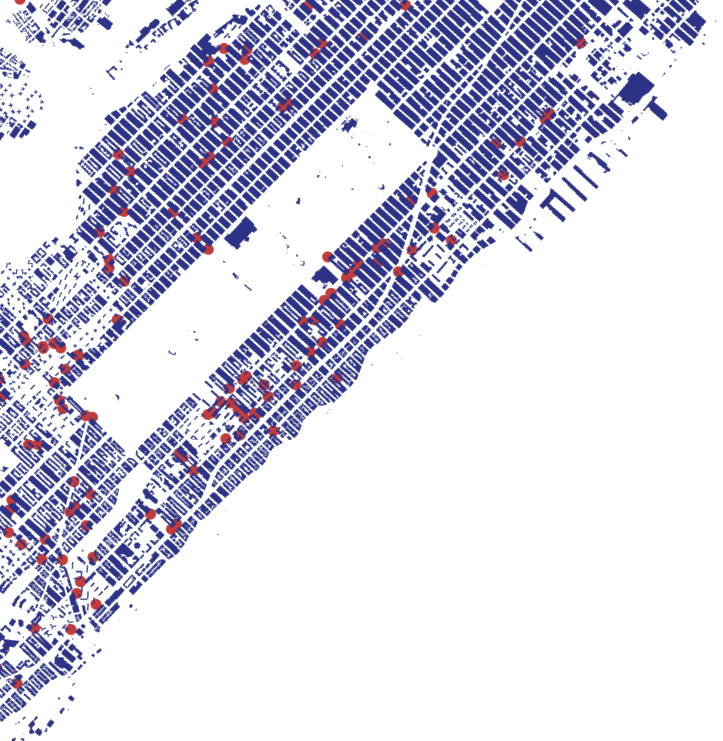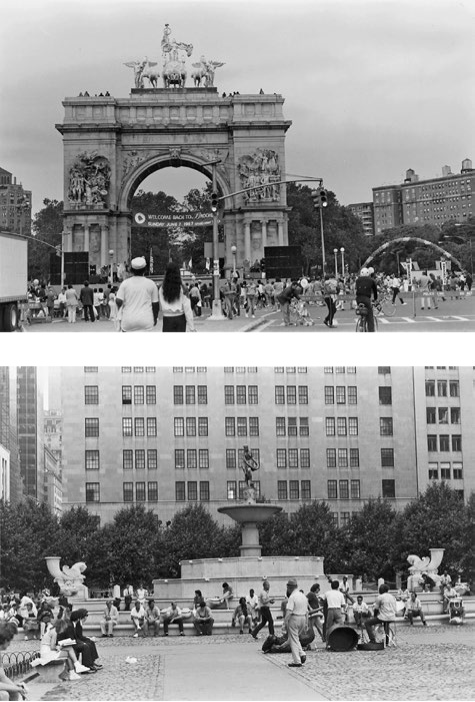
The Settee bench design, like much of New York at the time, was inspired by the City Beautiful movement of the late 19th century.
The 1994 version of the Central Park Settee is made of ductile iron and wood, redesigned by the Central Park Conservatory and produced by Kenneth Lynch & Sons. The angle of the backrest was adjusted for comfort. The Settees occupy the parts of Central Park deemed more casual, whereas the World Fair Bench are placed in the more formal parts.

They were designed to support the intended character of the landscape as a rural retreat. The simplistic design of the settee was meant to be as inconspicuous as possible in the landscape, and the rustic benches — artistically crafted from unmilled logs and branches — were designed to complement the character of the Park’s more picturesque landscapes.”

The Settee was the Central Park standard for four decades.

